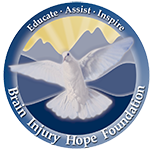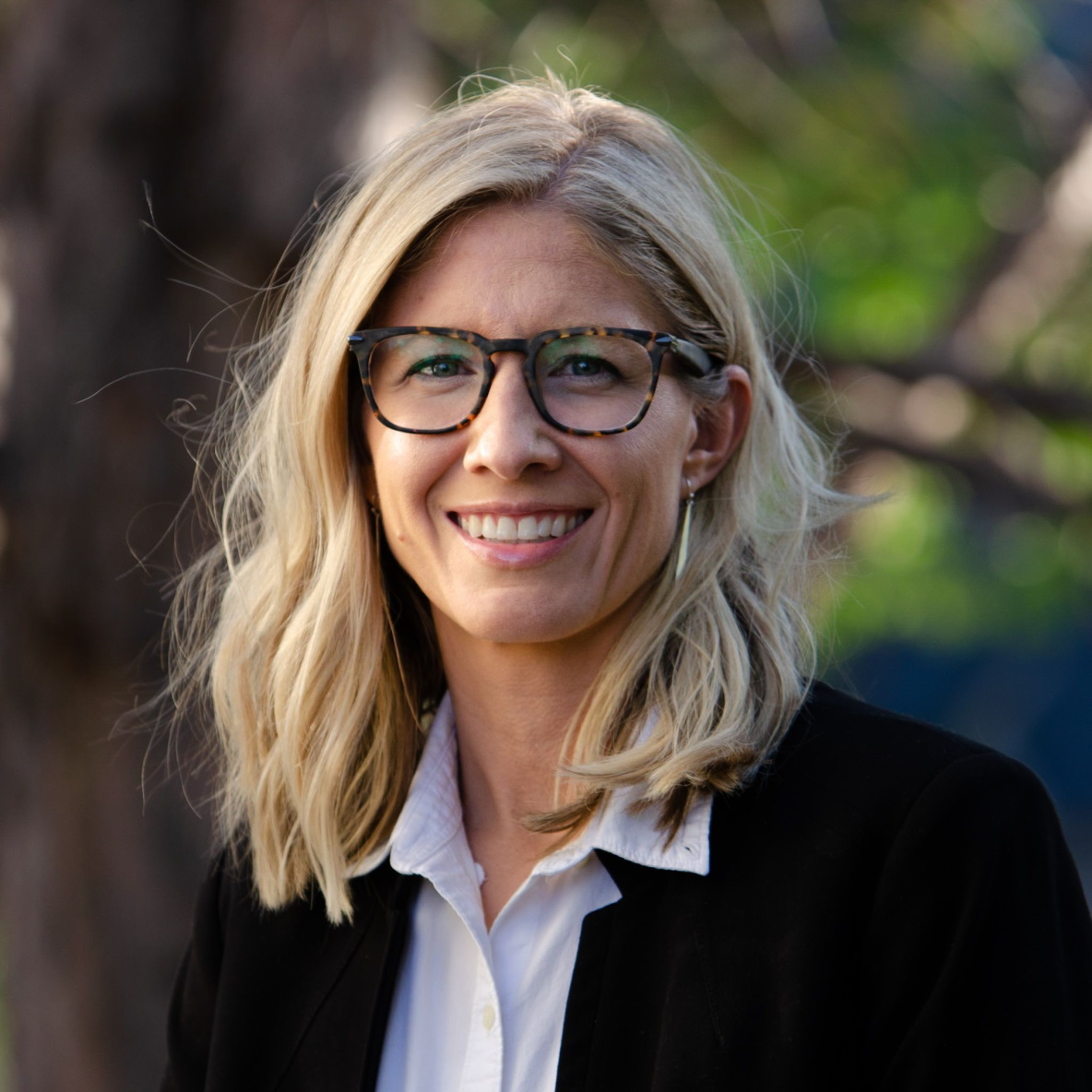By Eliza Marie Somers
Many brain injury survivors turn to “alternative” or “holistic” healers and experience progress in their recovery journeys. The Brain Injury Hope Foundation (BIHF) enjoys sharing some of these healthcare providers with the mTBI community through our Survivor Series. We do not endorse these providers; our hope is to help you on your recovery by giving you information. Some of these healing modalities won’t work for everyone because, as you know, every brain injury is different and so is every recovery.
- If you have a healthcare provider you or a loved one has experienced healing with, please feel free to share your experience and the contact information of the healer with the BIHF by sending an email to JCohen@BrainInjuryHopeFoundation.org.
Joining the June 10, 2022, Survivor Series: Brain Injury Treatment Panel – Options for Continued Recovery were:
Sarah Thompson, MM, MT-BT, CBIS, CDP
Music Therapist
Rehabilitative Rhythms
303-481-8134
2222 S. Fraser St. #2, Aurora, CO 80014
26 W. Dry Creek Circle #102, Littleton, CO 80120
Sarah@possiblewithmusic.org
www.possiblewithmusic.org
Carly Rossi, MHA, LCSW
Neurosciences & Stroke Program
St. Anthony Hospital
720-321-7018
carlyrossi@centura.org
https://www.centura.org/location/s
t-anthony-hospital/stroke-center
Danielle Neva Meyer, DSS, BSP
Brainspotting and Concussion Recovery
www.danielleneva.com
danielle@danielleneva.com
720-454-6453
Kristi Staniszewski, PT
Home, Community Physical, Occupational and Speech Therapy
OT Plus
kristi@otplus.org
www.otplus.org
303-753-0309
Kelly Osthoff, MA
Senior Director of Programs, Colorado Chapter
Alzheimer’s Association
303-813-1669 Ext: 9671
keosthoff@alz.org
https://www.alz.org/co
Brainspotting: An Outgrowth of EMDR
Brainspotting is a relative newcomer in the treatment of brain injuries, trauma, depression, anxiety, addiction and other health issues.
“It’s a brain-based therapy, and one of the fastest growing therapies,” said certified Brainspotting therapist Danielle Neva Meyer, who also is a brain injury survivor. “I used it in my recovery. It’s an amazing modality. It’s gentle and effective.”
Brainspotting certified therapist Danielle Neva Meyer says BSP helped in her recovery and wants to make it easier for others.
Brainspotting (BSP) is based on Eye Movement Desensitization and Reprocessing (EMDR) and was developed by Dr. David Grand, who started as an EMDR therapist. BSP locates points in the patient’s visual field that is associated with unprocessed trauma in the subcortical brain and helps build pathways to release the trauma.
- For more information on BSP, practitioners, and to become a BSP practitioner visit https://brainspotting.com/
Brainspotting puts the therapy process in the client’s hands, Meyer said. “EMDR is a structured eight-step process. Brainspotting gives the power and control to the client. They set the pace of the therapy,” she said. “The therapist assists the client. It’s a gentle approach, and it’s a modality that can work with almost anything. … I truly believe in it from my experience with it, and I want to make it easier for others to recover.”
Impact of Music Therapy
Music therapy can be quite effective in the recovery of TBI and acquired brain injury survivors. A person processes music differently than non-musical stimulation, said music therapist Sarah Thompson. “Some people struggle to get the words out after a brain injury (aphasia), but they can sing fluently.”
Thompson is one of the many music therapists who help with the Rocky Mountain Aphasia Chorale, whose mission is “to create an inclusive community for people from all walks of life to come together and use their strengths and talents in a high-quality choral environment.”
- For more on the Aphasia Chorale, visit https://www.aphasiachorale.org/
And you don’t need to be a musician to benefit from music therapy. “We are different from music teachers, who care about the outcome,” Thompson said. “We use music therapy as a tool for neuroplasticity in the brain.”
Neuroplasticity is the brain’s capacity to develop new pathways. “The brain has the ability to change work-around areas that were damaged,” Thompson explained. “The brain develops a backdoor pathway to do the same thing.”
She also noted that as language deteriorates in some patients, music stays with them. Along with aiding speech, music therapy also has helped patients with sensory, balance and cognitive issues. Music activates both hemispheres of the brain when a patient creates or listens to music.
For scholarly articles on music and the brain, check out:
- https://www.flintrehab.com/tbi-music-therapy/
- https://scholar.google.com/scholar?q=music+therapy+for+brain+injury+patients&hl=en&as_sdt=0&as_vis=1&oi=scholart
Advances in Alzheimer’s Disease Treatments
Alzheimer’s disease and dementia are the most feared cognitive illnesses, but Kelly Osthoff, Senior Director of Programs, Colorado Chapter of the Alzheimer’s Association, said Alzheimer’s doesn’t have to be in your future.
“Years ago, people thought Alzheimer’s and dementia were supposed to happen as we get older, but it’s now not considered a normal part of aging,” Osthoff said. “Not all older people get dementia.”
She encourages people to get screened early and to know the signs of Alzheimer’s and dementia. “It’s not just memory loss. It’s changes in reasoning, language, learning. We forget where we put out keys. It happens to all of us. BUT did you put the keys in the ice cream container?”
- Know the 10 signs of Alzheimer’s Disease https://www.alz.org/alzheimers-dementia/10_signs
- Medicare covers a cognitive assessment test and care plan services. https://www.medicare.gov/coverage/cognitive-assessment-care-plan-services
Early detection can allow a patient to take advantage of treatments as medical advances accelerate, and it allows the patient to express their thoughts and needs to make financial and legal decisions before the disease advances, Osthoff explained. She also said there is a wide spectrum of dementia from mild cognitive impairment to the advance stages of the disease. “New research is changing the way we think about dementia, and how we can help people earlier,” she said.

Kelly Osthoff is senior director of programs for the Colorado Chapter of the Alzheimer’s Association.
The association offers individual care consultation, a three-week disease education course, early-stage support services, a course in living well with dementia, along with closed support groups.
“We want to set people up for success,” Osthoff said. Each person is unique in how the disease progresses, and it’s important to take advantage of the abilities a person has that day, she noted.
“We see people take a sigh of relief at the end of consultation,” Osthoff explained.
The Alzheimer’s Association is a leader in global research and offers many opportunities to support caregivers and the patient.
- For more about the Alzheimer’s Association’s support programs visit https://www.alz.org/help-support/i-have-alz for the Colorado chapter visit https://www.alz.org/co
- TBI and Dementia https://www.alz.org/alzheimers-dementia/what-is-dementia/related_conditions/traumatic-brain-injury
- For more on the risks of developing dementia visit https://www.nia.nih.gov/health/what-causes-alzheimers-disease
- DASH diet information https://www.mayoclinic.org/healthy-lifestyle/nutrition-and-healthy-eating/in-depth/dash-diet/art-20048456
- Mediterranean diet information https://www.healthline.com/nutrition/mediterranean-diet-meal-plan
“Anyone with a brain is at risk of developing Alzheimer’s,” Osthoff said. “However, there’s an elevated risk if there is a family history of the disease.” BUT she added it doesn’t mean you will get Alzheimer’s if it runs in the family; a person can implement risk reduction programs.
Some ways to reduce the risk of Alzheimer’s and dementia include a Mediterranean or DASH diet, physical exercise, social engagement, sleep hygiene and continued learning by challenging the brain.
Osthoff encourages people to take the reins of things we have control of such as exercise, food selection, mental stimulation (reading, learning a new hobby) and social interaction. “We have to have hope in the things we can modify,” she said.
Success After a Stroke
Carly Rossi works with acquired brain injury patients at St. Anthony’s Hospital in Lakewood, Colorado, via educational and emotional support programs, along with a community support group.
“We help patients with options for continued recovery,” she said. “We tap into community support groups. There are advantages to connecting with other survivors and caregivers because not everyone can resonate with you.”
Moving to a virtual format because of COVID-19 turned out to be a plus for the stroke program because it allowed the hospital to expand its reach.

Carly Rossi, who works at St. Anthony’s Hospital, says community is important to stroke survivors because not everyone can resonate with you after a brain injury.
“I can’t say enough positive things about the hybrid component of our program. There’s power in coming together in community no matter the format,” Rossi said. “It really opened up our community. And it especially helped those that cannot drive because of over visual stimulation.”
Rossi see amazing success with stroke survivors who have gone through St. Anthony’s programs noting people are able to follow directions and tackle a new recipe, or are able to drive again, which gives people back their freedom.
- Know the signs of a stroke https://www.webmd.com/stroke/news/20160513/5-warning-signs-of-stroke
- The St. Anthony support group meets virtually from 4-5:30 p.m. the third Wednesday of the month. Contact Carly Rossi at carlyrossi@centura.org for more information.
Exercise Elevates Recovery
Physical therapist Kristi Staniszewski, who worked at Craig Hospital in Englewood, Colorado, is co-owner of OT Plus, and designs therapies for TBI patients, including speech therapy and adaptive yoga, with in-person and telehealth programs.
“We start people where they are at physically,” she said. “Exercise can have an amazing impact on people’s recovery. There are many levels to exercise. Our adaptive yoga is very, very gentle. If you need a chair, we have cues to find your level of comfort.”
Staniszewski noted that with physical injuries such as a knee or shoulder injury patients need to do the rehabilitation work in order to get function back, and the same is true with brain injuries. It’s just that the work includes neurological exercises.
All the panelists agreed the brain has an amazing ability to heal itself, and survivors need to have a willingness to do the work in order to move beyond the injury.
“Don’t ever let anyone tell you, you have reached the end of your development,” Thompson said. “Believe you can heal.”




